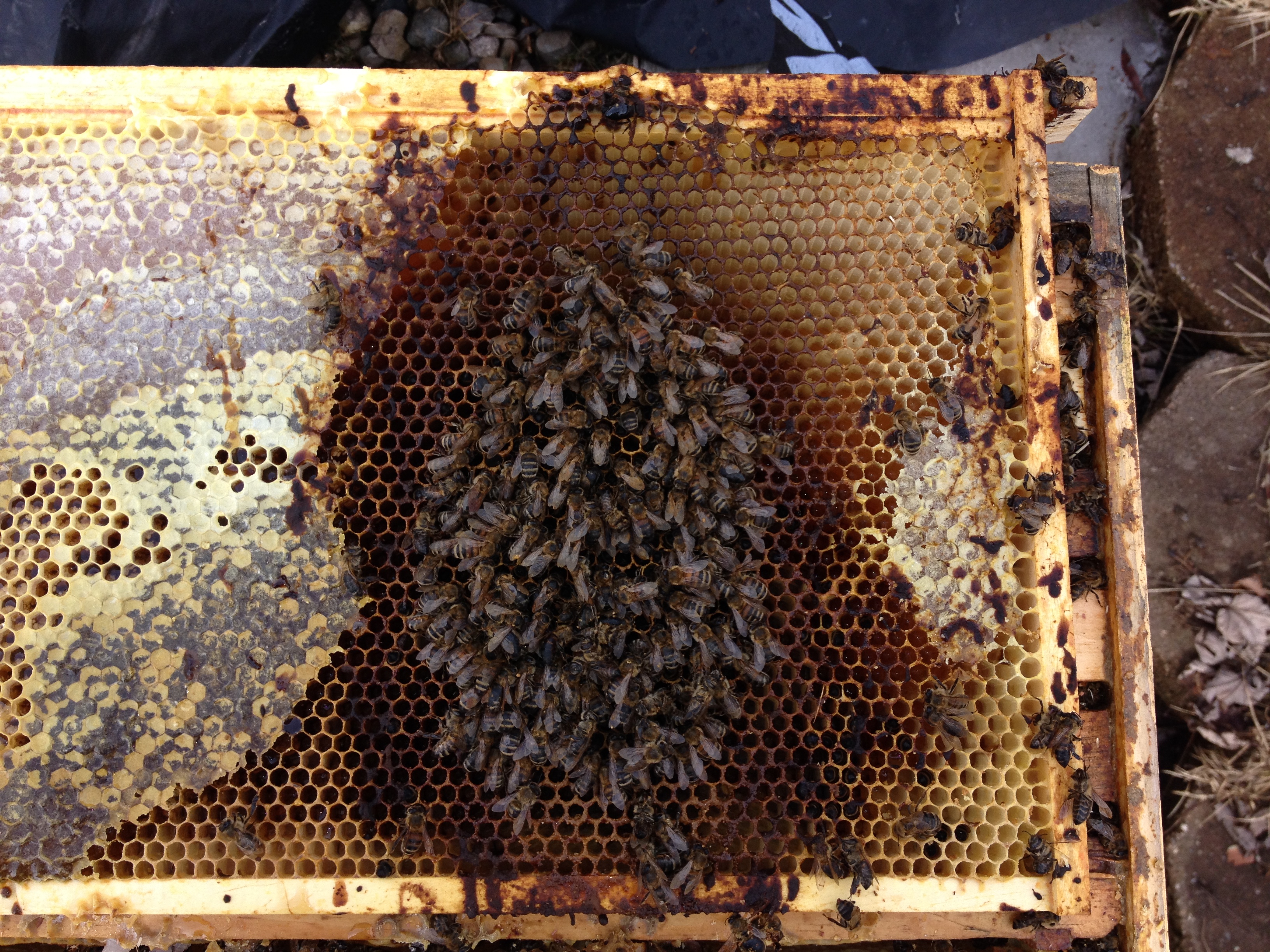Ask any beekeeper and they’ll tell you: the worst thing that can possibly happen when you’re raising bees, whether for commercial use or just as a hobby, is having a hive die out on you.
It can be sad, and even frustrating when you find no signs of life in your comb, especially when you remember all the time, effort, and money you invested in them.
However, as Spring closes in, the time comes for you to learn from the loss and start fresh. But first, you want to deal with dead outs, clean up the fallen bees, and maybe try and salvage something!
Removing Dead Bees
Once you notice the death of a beehive, it’s crucial that you take action immediately to get rid of the bodies, as by letting them sit, you risk facing a few unpleasant consequences.
Unattended honey is an open chance for robbing by other bees, which in turn, can carry diseases and parasites back to their combs, and soon enough, you may face an entire honeybee wipeout!
If left for too long, decaying bee carcasses can attract all sorts of harmful insects, while moisture build-up will most likely cause molding.
Removing dead bees also give you a chance to reuse the comb, depending on the reason why your bees didn’t survive in the first place, which we’ll be discussing later on.
Here are a few approaches to clearing out dead bees:
● Use a little elbow grease
This is the most basic and traditional way to remove bees from combs. Usually, beekeepers start by brushing off the dead bees to get rid of as many bodies as possible. Then, they firmly hold the frame and strike its end against a solid surface such as a metal garbage can or an empty hive box.
The strikes are done in a tapping manner with the frame positioned horizontally so that the lodged bees can fall right off the comb. Make sure you apply a sensible amount of force, or else you’ll break off the honeycomb if you hit the frame too harshly.
● Use the new residents
Physical strength may not remove all the dead bees, however, the remaining small amount will be cleared out by the new hive. In fact, you can hand over the whole cleaning job to other bees and they’ll do it for you, and efficiently too!
Honey bees are known for their fascinating cleaning habits, they resemble perfectionist robots when it comes to keeping themselves and their homes nice and tidy. If they encounter dead bees, they drag them out of the hive and may move them a bit farther away from the comb.
Remember, only make use of other bees if there’s no risk of transmitting diseases or existing harmful parasites.
● Use an air compressor
Blowing out dead bees from their comb is a method that has been adopted by lots of beekeepers to completely remove all bodies in a short time without using force or exhausting other bees.
Set an air compressor to low and direct the air stream towards the comb. You should begin from a distance then gradually bring the jet closer to the comb. This way, you get more control over the air jet and gather a better idea of the most suitable pressure to use.
Note that if you use a too-high pressure setting, you may end up damaging the honeycomb.
● Additional Methods
Some beekeepers suggest using picking tools such as tweezers to pull out dead bees from combs. In theory, this may seem like a good idea due to the tiny size of a honeybee, but practically, that’s not the case.
Trying to pick out bees with gripping tools will cause their bodies to be torn, leaving bits and pieces stuck in the comb. This is quite ineffective and ends up being a waste of time.
If you’re facing an extremely hopeless case of dead outs, you might want to cut your losses and make some use of the frame and honeycomb. You want to start by cutting out the honey from the frame and then melting it.
Now, you have your frame ready to be reused along with melted wax to be repurposed once you sieve out all the dead bee carcasses. You can use the wax to make candles or any other product that won’t be eaten by people.
So what happened?
There are a number of things that could have caused your bees to die, and pinpointing them is important for healthy future beekeeping.
 Pesticides, herbicides, and insecticides.
Pesticides, herbicides, and insecticides.
Chemicals from pesticides, herbicides, and insecticides can be lethal to bees as they’re highly sensitive to these compounds.
You should keep these chemicals away from any contact with honey bees. If you believe this may have been the reason for the hive’s demise, then the hive needs to be cleaned thoroughly, and you may even want to remove some contaminated surfaces on, or near the hive.
 Wax moths.
Wax moths.
Summer brings about harmful wax moths which can destroy whole colonies in a matter of weeks.
Typically, a wax moth infestation is best handled by burning and starting over. However, if the infestation is minor, you can remove the larvae, clear out the webs, and freeze the hives to kill the moth stages.
 Mold.
Mold.
Mold is a major disaster for bees, especially if it’s heavily spread, as they can’t clean it unless it’s a minor growth.
If the mold is black, remove the frame and separate the foundation as well as the honeycomb (you can melt them down to repurpose). Then, clean the frames thoroughly, air them out well, then freeze them. Now, the frames are ready to be used.
If the mold is any other color, simply wipe the mold off the frames or scrub them with salted water. Then you’ll wnat to air them out until dry, and once again freeze them. You can reuse the frames, the comb, as well as the honey once the frame is back in the hive.


![3 Big Mistakes Beginner Beekeepers Make [And How To Avoid Them!]](https://beekeepingabc.com/wp-content/uploads/2020/11/3-mistakes-beginner-beekeepers-make-90x75.jpg)

![Move over ducks, Queen Bees quack too! [Here’s Why]](https://beekeepingabc.com/wp-content/uploads/2020/06/queen-bee-90x75.png)
![The Flow Hive 2 Review [ Vs. The Classic Flow Hive]](https://beekeepingabc.com/wp-content/uploads/2020/02/Flow-Hive-2-90x75.jpg)
![How Bees Fly [10 Facts About How, When, and Why]](https://beekeepingabc.com/wp-content/uploads/2019/12/A-Bee-Flying-90x75.jpg)